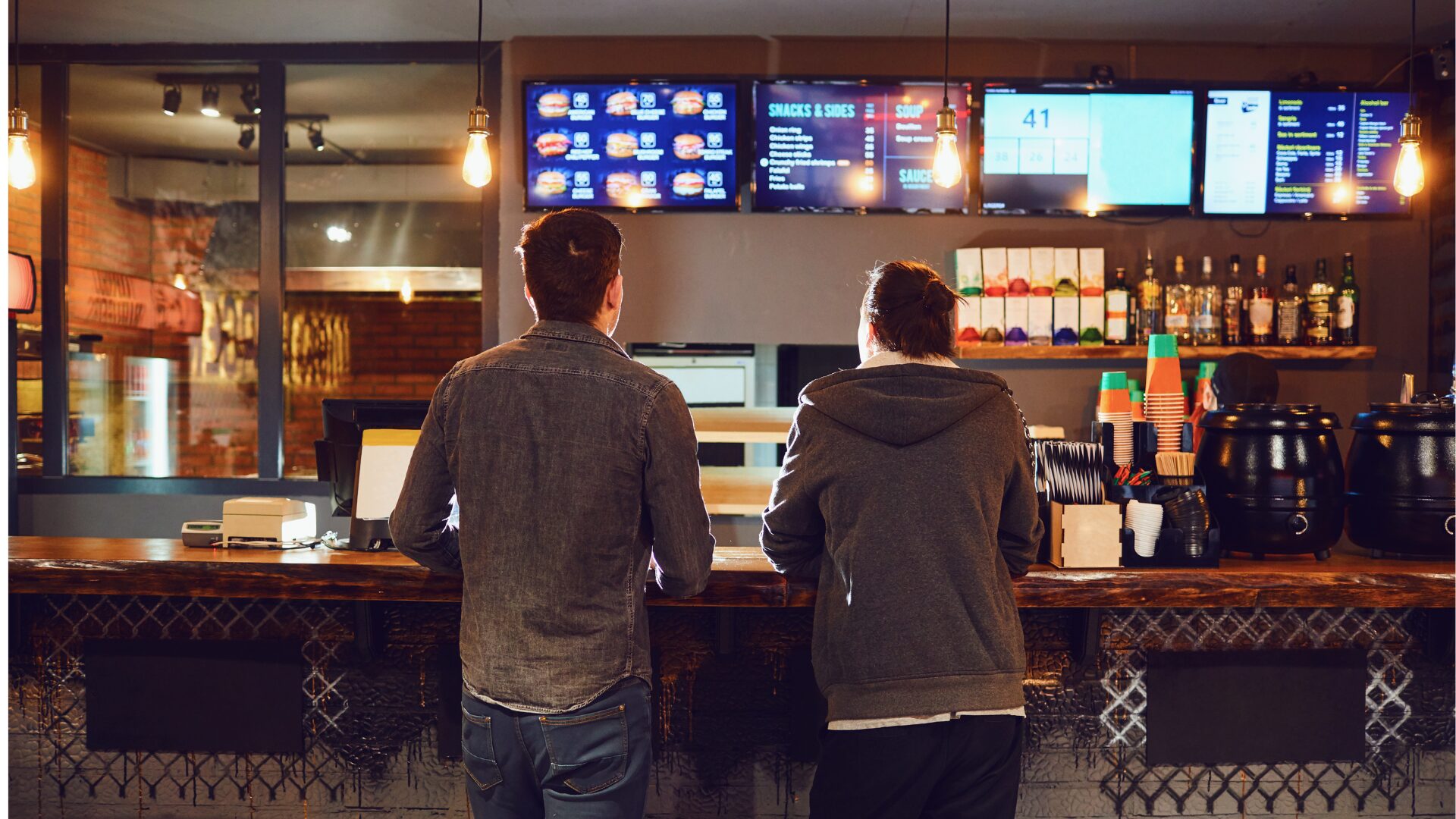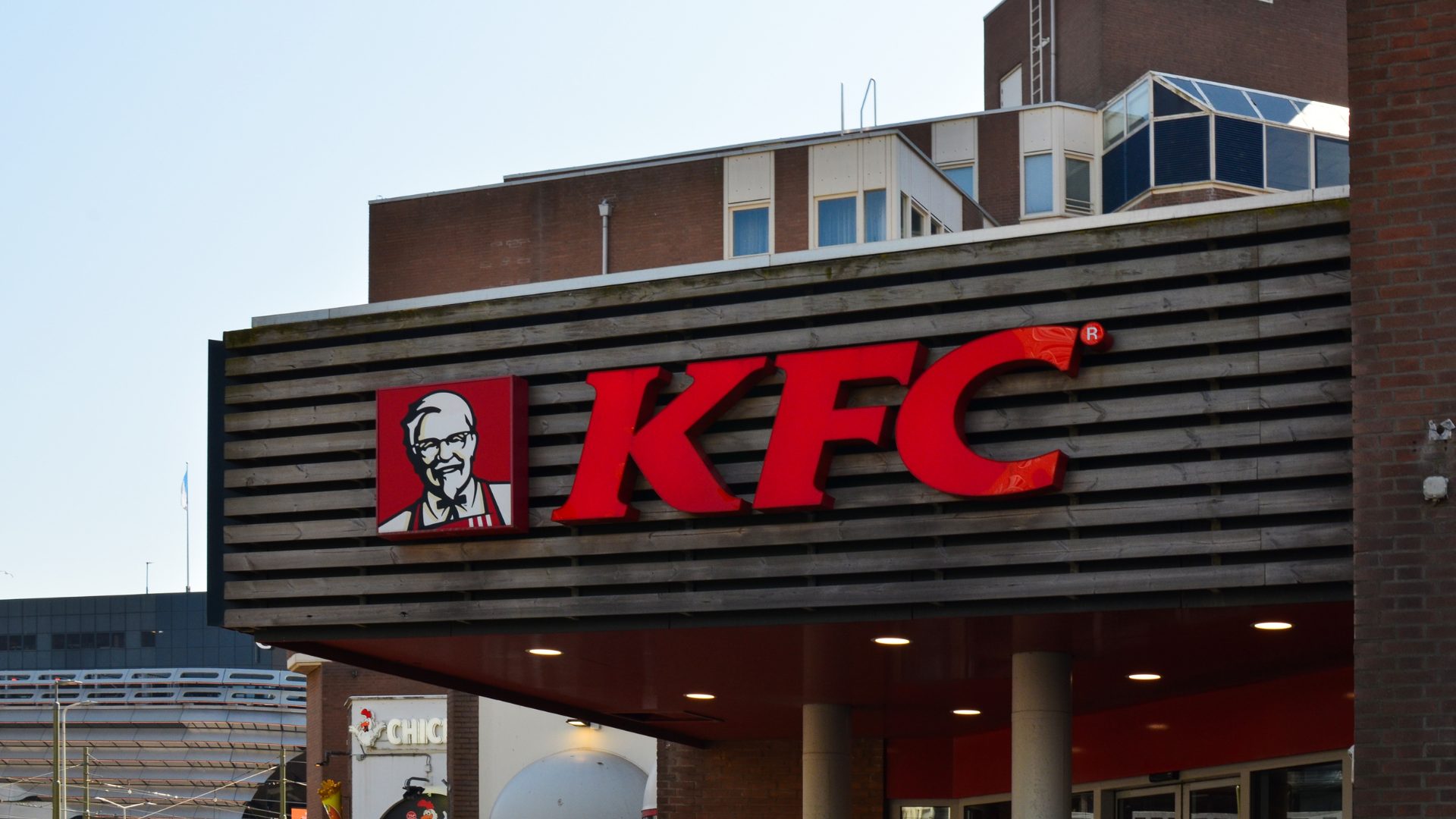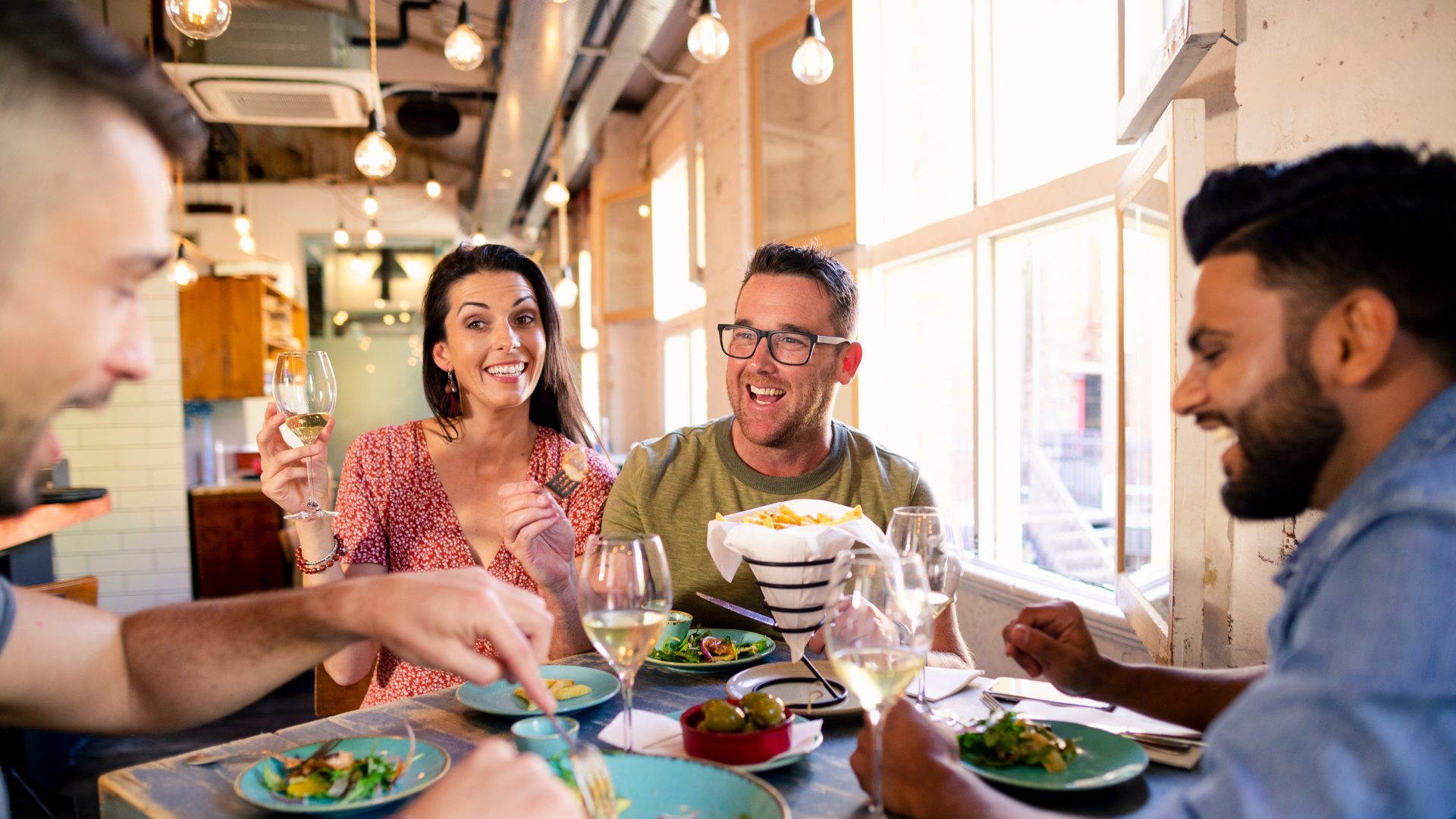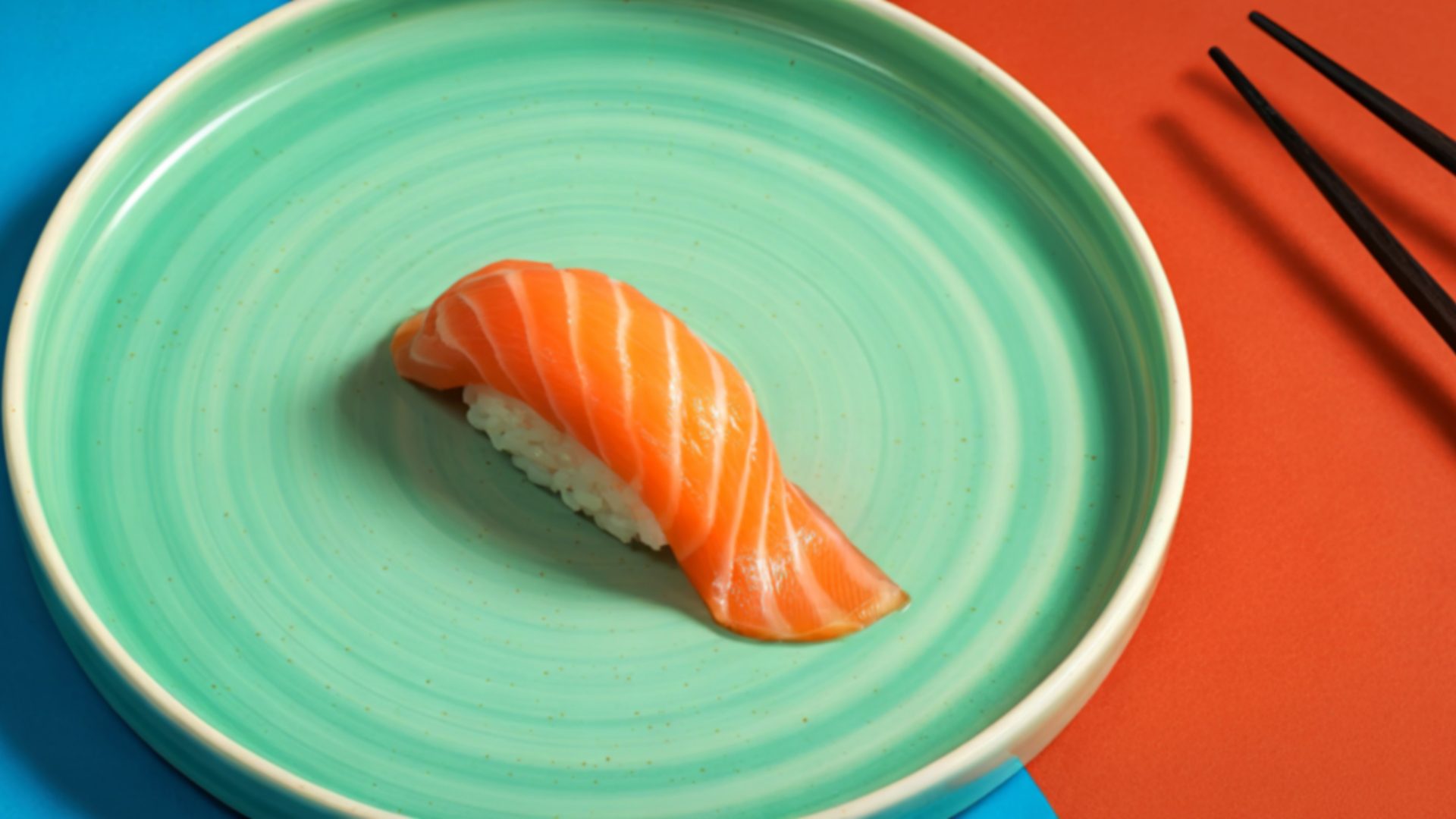What Roark Capital has done in the restaurant space is nothing short of incredible. The Atlanta-based private equity firm was founded in 2001; 24 years later, it has one of the largest restaurant portfolios in the world. Roark’s biggest deal was the $11.3 billion acquisition of Dunkin’ Brands in late 2020; three years later, the firm won a bidding war for Subway, in a deal worth just shy of $10 billion.
Roark’s overall system-wide sales in 2024 were $52.2 billion. McDonald’s – with a current market capitalization of $220 billion – generated $53.3 billion.
Roark now owns 10 brands with at least $1 billion in annual system-wide sales, among them Hardee’s and Carl’s Jr., Buffalo Wild Wings, Arby’s, Jimmy John’s, and Sonic. And Roark sees an 11th business joining that list: last month, it acquired Dave’s Hot Chicken. The reported valuation in the deal was about $1 billion; Dave’s CEO Bill Phelps told CNBC that the actual valuation was “pretty close” to that figure. According to another outlet, Dave’s expects to clear the $1 billion level this year.
Despite the impressive size of Roark’s asset base, the key question is whether this strategy has worked. Answering that question is not a simple matter, for several reasons. Private equity-owned companies don’t disclose financial data in the way that public companies do; even their limited partners (i.e., the investors who supply the capital to the funds that own these businesses) may have only a vague sense of how the businesses in their funds are performing.
The valuations of those businesses, meanwhile, are somewhat fuzzy. Without a daily trading market, valuations are largely based on calculations done by the firms themselves. Roark can’t make up valuations, certainly, but the quarterly fair value ‘marks’ required by accounting rules do have some room for interpretation. A fund’s marks might imply that the assets in the fund have doubled in value – but that doesn’t necessarily mean that the limited partners in the fund will receive 100% returns when the fund eventually cashes out.
Private Equity Challenges
Adding to the uncertainty, for Roark Capital’s seven funds, we have just a few data points which themselves are not necessarily conclusive. Yet even in the haze, there’s some evidence that Roark’s aggressiveness has not yet paid off.
Data from a working paper by a pair of Harvard professors last year, for instance, shows relatively mixed performance from Roark funds against rivals: Roark’s fourth fund in fact is among the worst performers of major funds that raised capital that year (2016).
A report from Washington State Investment Board after the first quarter of last year shows annualized returns net of fees of just 5.2% for that fund and 11%-plus for Roark’s third fund. Neither is particularly impressive given that institutions could have generated similar or better returns in a public index funds. (A report from neighboring Oregon’s pension fund at the same time does suggest the fifth fund had done better, returning about 15% a year. But, again, those returns are based on marks created by Roark itself – and given the amount of debt, even at 15% returns investors would have been much better off buying index funds.)
Meanwhile, a report from the Private Equity Stakeholder Project in 2021 criticized performance at several Roark franchisors. The PESP is not a neutral party – it’s running a campaign against private equity – and the report was released in 2021, when the coronavirus pandemic still hovered over the industry. With those caveats, data it compiled showed sales at Jimmy John’s that were shrinking on an absolute basis and underperforming against peers; expansion plans at other Roark chains, including Jim ‘n Nick’s Bar-B-Q, had not met expectations.
The data points we have don’t suggest that Roark’s returns have been all that impressive.
The same is true for the nature of the funds themselves. For instance, Roark hasn’t been able to raise higher amounts of capital: the fifth fund in 2018 raised $5 billion plus $1.5 billion in a so-called ‘sidecar’ (which is used to augment the initial investment if needed). Reports are that the seventh fund, seven years later, is targeting the same $5 billion level.
We also know that, at least in the restaurant portfolio, Roark hasn’t been able to execute the typical PE strategy. Very broadly, the idea is to buy a company with debt, improve its operations, raise profits – and then exit after a holding period, usually (and roughly) assumed to be about seven years. The exit can be via a sale (sometimes to another PE fund) or by an initial public offering.
Roark has used the IPO strategy with Canadian pet retailer Pet Valu and U.S. auto services provider Driven Brands. But in restaurants, Roark doesn’t seem to have had any success, despite reporting that it has tried to do so.
Roark Capital’s Restaurant Ambitions Face Reality Check
In February of last year, Bloomberg reported that Roark was looking to IPO its Inspire Brands unit, which includes Dunkin’, Arby’s and Jimmy John’s. Such an IPO would make sense, allowing the 2018 fund to begin cashing out its stake to return capital to investors. There’s been no news since.
The same outlet reported back in 2018 that Roark was looking to take public its Focus Brands unit (now GoTo Foods), which owns Carvel, Auntie Anne’s and Cinnabon, among others. Those operations remain under Roark ownership as well.
In fact, in 2022, Roark reportedly launched a so-called “continuation fund”, used to keep PE assets under the umbrella for longer than expected, while cashing out some initial investors with money raised from new buyers. It’s possible Roark simply wanted to keep the businesses in-house; but given the lack of any IPOs in the restaurant space, it seems at least equally likely that the businesses are not strong enough yet to go public at the valuation Roark and its partners are looking for.
It bears repeating: it’s difficult to truly understand how successful Roark’s restaurant strategy has been to this point. There isn’t a lot of information available, and valuing these acquired businesses is not an exact science.
At the same time, there’s basically zero evidence that Roark’s massive entry into restaurants has been a huge success for its investors. The lack of IPOs, the flat-lined capital commitments, and the data points on limited partner returns all suggest that Roark’s performance has been average at best.
Given how competitive the restaurant space is and the valuations paid for some of these businesses, perhaps that’s not a huge surprise. It’s hard enough to make money with one restaurant concept; owning two dozen, apparently, is just as difficult.
Vince Martin is an analyst and author whose work has appeared on multiple financial industry websites for more than a decade; he’s currently the lead writer for Wall Street & Main. He has no positions in any companies mentioned.
The Food Institute Podcast
Just how difficult is it to scale a better-for-you snack company? Rebecca Brady, founder and CEO of Top Seedz, shares how she turned a homegrown idea into a rapidly scaling snack brand and breaks down the strategy behind her growth, from bootstrapping production to landing national retail partnerships.











